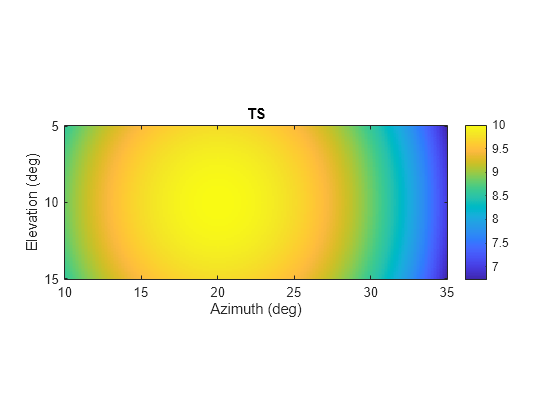step
System object: phased.BackscatterSonarTarget
Namespace: phased
Backscatter incoming sonar signal
Description
Note
Instead of using the step method to perform
the operation defined by the System object™, you can call the object
with arguments, as if it were a function. For example, y
= step(obj,x) and y = obj(x) perform
equivalent operations.
refl_sig = step(target,sig,ang,update)update to
control whether to update the target strength (TS) values. This syntax
applies when you set the Model property to one
of the fluctuating TS models: 'Swerling1', 'Swerling2', 'Swerling3',
or 'Swerling4'. If update is true,
a new TS value is generated. If update is false,
the previous TS value is used.
Note
The object performs an initialization the first time the object is executed. This
initialization locks nontunable properties
and input specifications, such as dimensions, complexity, and data type of the input data.
If you change a nontunable property or an input specification, the System object issues an error. To change nontunable properties or inputs, you must first
call the release method to unlock the object.
Input Arguments
Output Arguments
Examples
Version History
Introduced in R2017a




